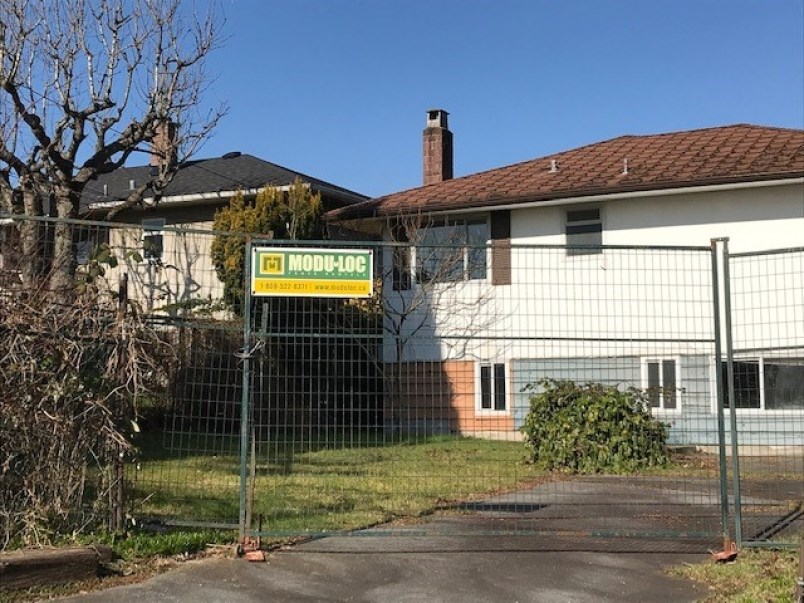A new housing report says the number of unoccupied dwellings – sometimes referred to as “zombie” homes – has jumped 11% in Burnaby in the past decade.
The study has been published by Point2 Homes, a real estate listing portal, and looked at date from 2011 to 2021.
Burnaby is listed as the fourth-biggest rise in the vacancy rate in B.C. after Delta (47%), Port Moody (31%), Langley (21%). Richmond was listed at 4%.
Many Burnaby residents have complained to the NOW over the years about vacant “zombie” homes being overgrown by weeds and grass, while others say that it reduces the number of homes that people can rent in the community and impacts rental prices.
“Although the StatCan definitions for ‘private dwelling occupied by usual residents’ and ‘usual place of residence’ have generated some discussions about what constitutes vacant dwellings, the number of homes that are occupied by ‘not usual’ residents is a vital housing parameter,” says the report. “The importance of this indicator becomes especially clear in the heated debate around the effect of vacant homes on housing affordability. Started by an OECD report that was based on StatCan’s 2016 findings, the debate has some analysts claiming that empty homes contribute to the erosion of home affordability, while others believe this indicator is irrelevant.”
Some areas are seeing steep drops in their vacancy rates, with Saanich dropping 53% and Mission sinking by 45%.
“Canada’s share of unoccupied homes remains at a high 1.3 million, but vacancy rates in 2021 fell in 87 of the 150 most populous Canadian cities compared to a decade ago,” said the report. “Although analysts are divided when it comes to the importance of this metric for gauging housing unaffordability, one fact remains: The national vacancy rate in Canada is falling for the first time in 20 years.”
Other findings.
- 22 of British Columbia’s cities saw a decrease in the share of unoccupied dwellings over the last decade: Saanich takes the lead with -53%, while 3 other cities recorded drops of more than 40%;
- Despite having the highest vacancy rates in 2021 (7.3%), Kelowna and Victoria dropped 21% and 27%, respectively, compared to a decade ago;
- In 5 of British Columbia’s cities vacancy rates increased, with Delta registering the highest level (a 47% jump), followed by Port Moody with 31%, and Langley with a 21% increase;
- The lowest vacancy rate (under 3.4%) in British Columbia occurred in Maple Ridge and Port Coquitlam;
- Despite its well-known high vacancy rates, Vancouver registered a drop in the past ten years, with vacancy rates down 9%.



